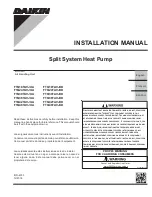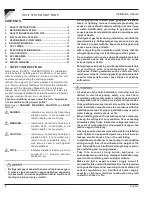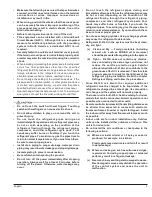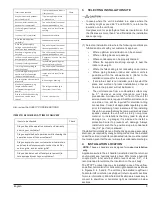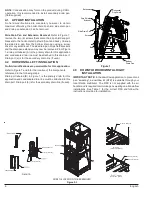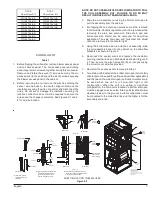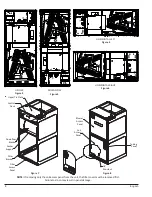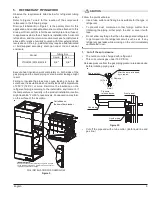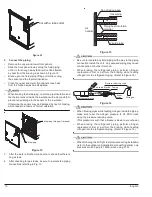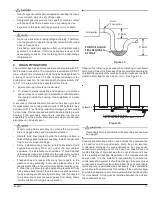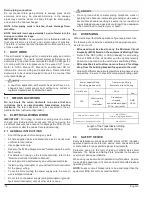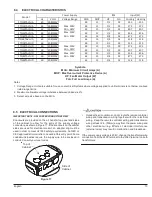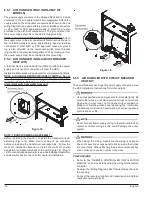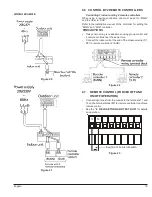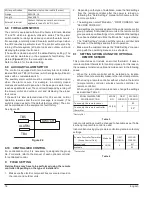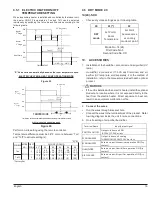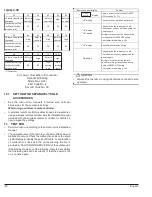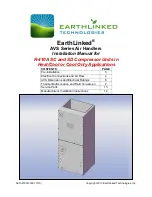
10
English
Cut with a tube cutter
Figure 11
2.
Connect the piping.
•
Remove the upper and lower front panels.
•
Slide the front panel (lower) along the field piping
until it is far enough away that it will not be affected
by heat from the brazing, as shown in Figure 12.
•
Braze up to the field piping fitting port while cooling
the sensor and the thermal insulation.
•
Close the upper and lower front panels once heat
from the brazed areas has dissipated.
•
When brazing the field piping, cover the pipe insulation and
the thermal sensor inside the insulation with a damp cloth to
prevent any damage to the sensor or the insulation.
Otherwise, the sensor may be damaged by heat of brazing,
which leads to a failure of normal operation.
Field piping fitting port (brazed)
Field piping
Figure 12
3.
After the work is finished, make sure to check that there is
no gas leak.
4.
After checking for gas leaks, be sure to insulate the piping
connections referring to Fig. 13.
Do not leave a gap
Gas piping
Piping heat insulation
material
Liquid piping
Air
handler
Figure 13
•
Be sure to insulate any field piping all the way to the piping
connection inside the unit. Any exposed piping may cause
condensation or burns if touched.
•
When brazing the refrigerant piping, perform nitrogen
replacement first or perform the brazing while feeding
nitrogen into the refrigerant piping. (Refer to Figure 14.)
Refrigerant piping
Part to be brazed
Taping
Pressure-reducing valve
hands
valve
Nitrogen
Nitrogen
Figure 14
•
When brazing pipes while feeding nitrogen inside the piping,
make sure to set the nitrogen pressure to 2.9 PSI or less
using the pressure reducing valve.
(This pressure is such that a breeze is blown to your cheek.)
•
When brazing the refrigerant piping, perform nitrogen
replacement first or perform the brazing while feeding
nitrogen into the refrigerant piping. (Refer to Figure 14.)
•
When following the Air Tight test procedure during installation
(refer to the outdoor unit installation manual for details), only
pressurize to 450 psig (3.1MPa) when using FTQ.

